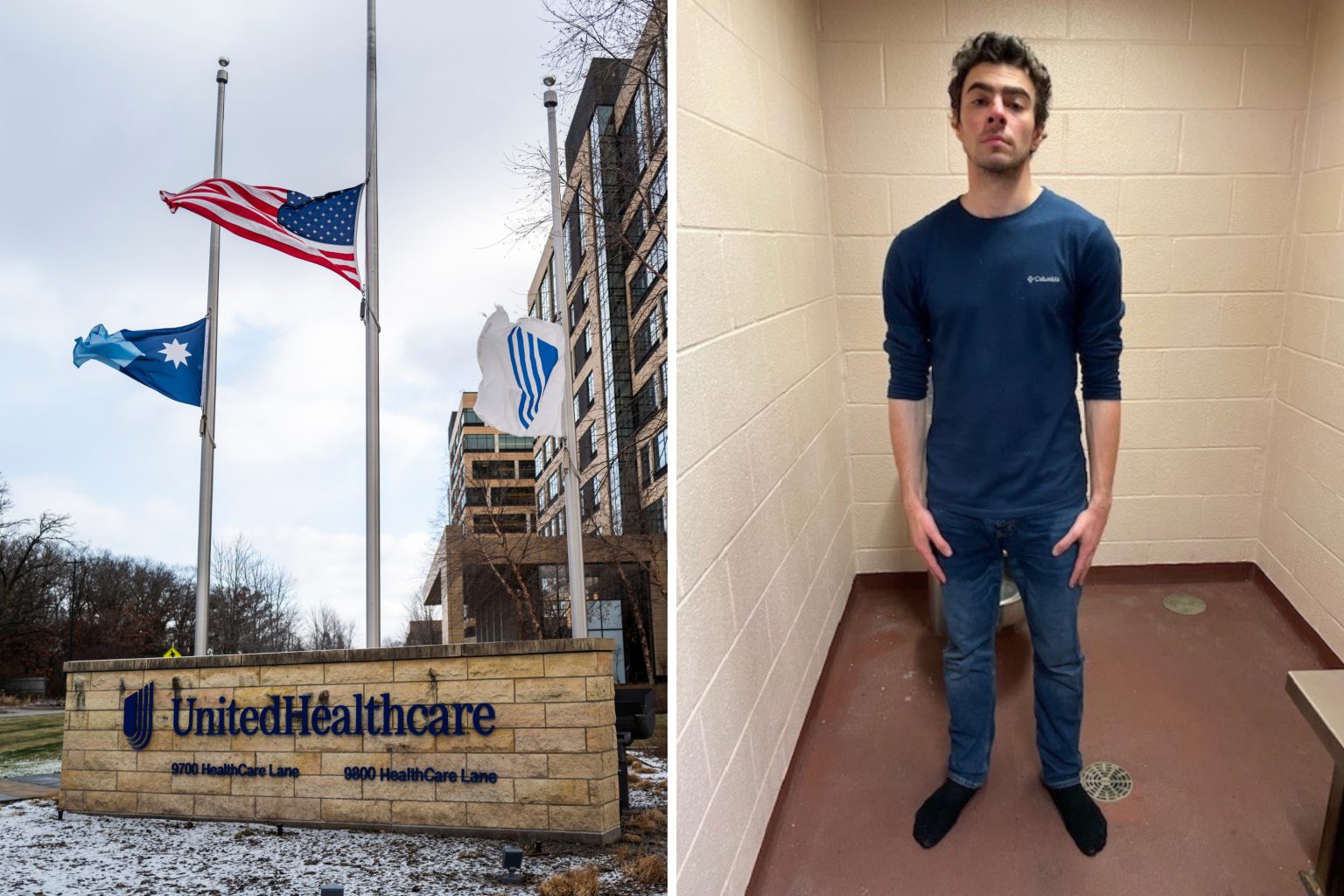Luigi Mangione’s arrest in connection with the murder of UnitedHealthCare CEO Brian Thompson has unfolded with dramatic twists and turns, punctuated by the suspect’s own pronouncements in court. Mangione, apprehended at a McDonald’s in Altoona, Pennsylvania, hundreds of miles from the crime scene in New York City, immediately introduced an element of intrigue by suggesting that evidence found on him may have been planted. This initial assertion, made during his arraignment in Pennsylvania, sets the stage for a potentially complex legal battle, raising questions about the prosecution’s evidence and Mangione’s defense strategy.
The items discovered in Mangione’s possession at the time of his arrest paint a picture of a man prepared for evasion and possibly violence. A “ghost gun,” an untraceable firearm often assembled from parts purchased online, alongside fake identification and a manifesto, suggest a premeditated plan. The presence of a substantial amount of cash, both U.S. and foreign currency, further fuels speculation about his motives and activities. The “Faraday” backpack, designed to block electronic signals, adds another layer of complexity, hinting at a desire to avoid surveillance or tracking. Mangione’s claim that he was unaware of the money and that the backpack was merely waterproof, intended for practical purposes rather than criminal sophistication, directly contradicts the prosecution’s narrative.
This early attempt to discredit the evidence against him underscores the importance of the forthcoming legal proceedings. While the prosecution will likely present the discovered items as evidence of Mangione’s guilt, his defense team will undoubtedly challenge their relevance and the circumstances surrounding their acquisition. The “planted evidence” claim, if pursued, will necessitate a thorough investigation into the chain of custody of the items and the possibility of tampering or manipulation. This line of defense could potentially introduce reasonable doubt, even if the circumstantial evidence appears strong.
The extradition process, typically a routine matter, may become a point of contention. Although charges have been filed in New York, Mangione has the option to contest his extradition, potentially delaying his return to the jurisdiction where the murder occurred by up to 45 days. This delay could afford his defense team valuable time to gather evidence, consult with experts, and formulate a comprehensive legal strategy. While the prosecution will likely seek a swift extradition to bring Mangione to trial in New York, his legal team may utilize this period to build a robust defense and challenge the basis for the charges against him.
The Mangione family’s response to the arrest adds a human dimension to this unfolding drama. Expressing shock and devastation, they offer prayers for the victim’s family while acknowledging their inability to comment on the news reports. This measured statement reflects the family’s struggle to reconcile with the accusations against their relative while also acknowledging the gravity of the situation and the impact on the Thompson family. Their plea for prayers for all involved underscores the far-reaching consequences of this tragic event and the emotional toll it has taken on everyone connected to it.
The arrest of Luigi Mangione marks the beginning of a complex legal process, fraught with potential challenges and conflicting narratives. His claim of planted evidence, the array of items found in his possession, the upcoming extradition proceedings, and the emotional responses of the families involved all contribute to a multifaceted story that will continue to unfold as the investigation progresses and the legal battle ensues. The coming weeks and months will be crucial in determining the validity of the evidence, the strength of the prosecution’s case, and the ultimate fate of Luigi Mangione. The question of whether the evidence against him is genuine or fabricated will be at the heart of the legal proceedings, and the answer will have profound implications for both the prosecution and the defense.

